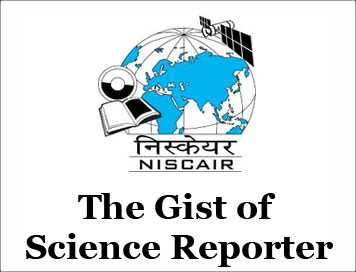(HOT) UPSC Current Affairs 2025 PDF
NEW! The Gist (NOV-2025) | E-BOOKS
(GIST OF SCIENCE REPORTER) SPECIAL NCD SCREENING DRIVE
(GIST OF SCIENCE REPORTER) SPECIAL NCD SCREENING DRIVE
(APRIL-2025)
SPECIAL NCD SCREENING DRIVE
The Union Health Ministry has recently launched the Intensified Special NCD Screening Drive to ensure 100% screening coverage of individuals aged 30 years and above for major non-communicable diseases (NCDs).
Key Highlights of the NCD Screening Campaign
What are NCDs?
-
Non-Communicable Diseases (NCDs) are medical conditions that are not caused by infectious agents. These are typically chronic, long-duration illnesses that progress slowly.
-
NCDs arise due to a combination of behavioral, genetic, physiological, and environmental factors.
Objective of the Drive
The campaign aims to screen all individuals aged 30 years and above for common and high-burden NCDs, including:
-
Diabetes
-
Hypertension (High Blood Pressure)
-
Cancers of the Mouth, Breast, and Cervix
Timeline
The campaign is being conducted from February 20 to March 31, 2025.
Implementation Strategy
-
National Programme for Prevention and Control of Non-Communicable Diseases (NP-NCD): The initiative is part of this programme and will be implemented across Ayushman Arogya Mandirs (AAMs) and other government healthcare facilities across India.
-
Door-to-Door Outreach: Trained frontline health workers such as ASHAs, ANMs, and others will carry out home visits to ensure maximum coverage and community participation.
-
Medical Supplies and Infrastructure: All participating healthcare facilities will be equipped with:
-
Glucometers
-
Blood Pressure Monitors
-
Essential Medicines
-
Real-Time Monitoring through NP-NCD Portal: Data related to screening, treatment, and follow-up will be uploaded daily to ensure accountability, transparency, and effective tracking.
-
Daily Progress Review: States and Union Territories (UTs) will provide daily progress reports to the Health Ministry by 6 PM, allowing for continuous review and support.
-
Multi-Level Coordination: Nodal officers will be appointed at every level – facility, block, district, and state – to ensure smooth implementation and problem-solving.
Goals and Expected Outcomes
-
100% Coverage of Target Population: Early identification of NCDs through mass screening.
-
Improved Linkage to Treatment and Care: Timely follow-up and standardized treatment for diagnosed individuals.
-
Reduced Healthcare Burden: Lower long-term healthcare costs and complications related to untreated NCDs.
-
Improved Health Outcomes: Enhancing overall life expectancy and quality of life for the population.
Non-Communicable Diseases (NCDs) and India
Current Status
-
NCDs are responsible for 41 million deaths globally every year (71% of all deaths), including 14 million premature deaths between ages 30 and 70.
-
If left unchecked, WHO projects that global NCD-related deaths may rise to 55 million annually by 2030.
Situation in India
-
Nearly 5.8 million Indians die annually due to NCDs such as cancer, cardiovascular diseases, diabetes, stroke, and chronic respiratory diseases.
-
This means that 1 in 4 Indians is at risk of dying from an NCD before reaching 70 years of age.
-
NCDs now account for around 60% of total deaths in India, making them the leading cause of mortality.
Shifting Disease Burden
According to the “India: Health of the Nation’s States” report (MoHFW, 2016):
-
Deaths due to NCDs rose from 37% in 1990 to 61% in 2016.
-
Their share in the overall Disease Burden (DALYs) increased from 30% in 1990 to 55% in 2016.
-
This reflects a clear epidemiological transition from communicable to non-communicable diseases in India.
CLICK HERE TO DOWNLOAD FULL PDF
CLICK HERE TO DOWNLOAD UPSC E-BOOKS
Study Material for UPSC General Studies Pre Cum Mains
Get The Gist 1 Year Subscription Online
Click Here to Download More Free Sample Material
<<Go Back To Main Page
Courtesy: Science Reporter



